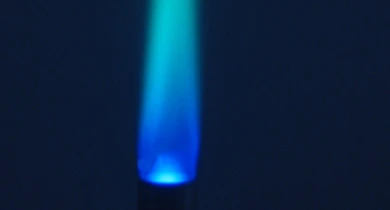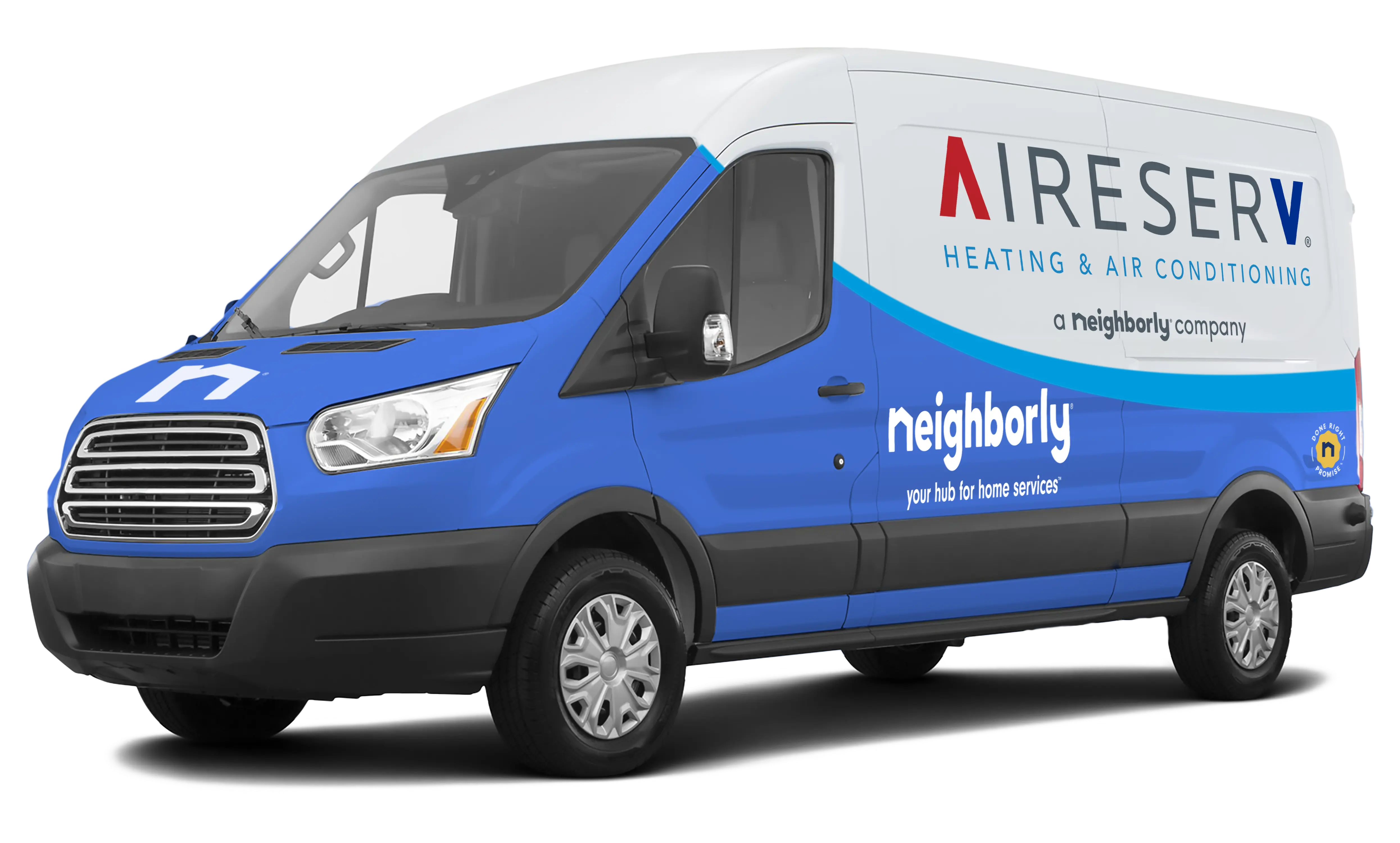
A pilot light is a continuous flame used as an ignition source for gas-powered appliances, water heaters, and furnaces. The flame is used to ignite the main gas burner in the appliance, offering an energy-efficient way to maintain adequate gas flow.
Pilot lights were popularized in the 1980s and started to be phased out in the 2010s. So, if you have an older furnace or gas-powered appliance, you may still need to know how to relight a pilot light.
In this guide, we'll teach you everything you need to know about relighting your pilot light so you can ensure your gas appliances or water heaters are running smoothly.
What is a Pilot Light and What Does it Go Out?
A standing pilot ignition system features a small flame that remains lit 24/7. Then, when heat is needed, the pilot light ignites the gas.
Some common reasons a pilot light may go out include a faulty thermocouple or a fluctuation in the gas main pressure. A simple breeze blowing past the flame can also be the culprit.
You might have purposely blown out the pilot light in summer to save energy, and now you need to learn how to relight your pilot light as part of your winter home maintenance routine.
Safety First: What to Know Before Relighting
Before relighting the pilot light, there are a few steps you'll need to follow before you can get started. This includes:
- Always turn off the gas supply and power before you get started.
- Wait at least five minutes for extra accumulated gas to disperse before you attempt to light the pilot light.
- Check for leaks by smelling for gas or fumes.
- Ensure there's proper ventilation in the space before you get started.
- Refer to the owner's manual for additional guidance.
If you’re still having trouble relighting the pilot light, call our team for help. Our Aire Serv® professionals are here to ensure your gas furnace or water heater is performing to the best of its ability.
Step-by-Step Guide to Relighting a Pilot Light
Ready to relight a pilot light? Follow these steps:
- Locate your breaker and turn off the power to the gas furnace or water heater.
- Turn the gas regulator valve to the “Off” position. This stops the incoming flow of gas, but you should still wait about five minutes for the gas present in the system to dissipate.
- Once at least five minutes have passed, turn the gas valve to the “Pilot” position, which resumes the flow of gas to the pilot opening. You may need to hold the gas valve in this position to keep it there.
- Check for a red or black igniter button on the top or side of the gas valve. If you see one, push it now to ignite the pilot. If it works, you’ll hear a click as the igniter sparks.
- If your system doesn't have an igniter button, you'll need to manually light the flame using a long match or long lighter. With the gas regulator valve in the “Pilot” position, light your multipurpose lighter and depress the reset button, if your furnace or water heater has one. With the button depressed, hold the lighter flame near the pilot opening.
- Slowly release the gas valve, and if the pilot remains lit, turn the valve to “On.” Listen for a muffled “whoomp” sound to indicate the gas heater has ignited.
- Stick around for a few minutes to ensure the furnace or water heater continues working. Look for sources of drafts that could have blown out the pilot light.
What to Do If the Pilot Light Won’t Stay Lit
There are a few reasons why your pilot light might not stay lit. Some common issues include:
- The thermocouple is dirty or needs to be replaced.
- There's a gas leak or a leaky gas valve.
- The pilot light tube needs to be cleaned.
- The gas regulator isn't working properly.
- There's a build-up of lint, dirt, or debris near the pilot light.
- There's bad flue venting.
- There's a strong draft in your home that is constantly blowing out your pilot light.
Tips to Keep Your Pilot Light Burning Bright
A pilot light that won't stay lit can be frustrating. With prevention tips and regularly scheduled inspection routines, you can maintain the functionality and integrity of your system.
Use these quick tips to keep your pilot light burning and your appliances working optimally.
- Schedule annual inspection routines
- Clean up dirt, grime, lint, and debris regularly
- Keep the thermocouple clean
- Replace old or faulty parts of your system
- Protect your pilot light from a strong draft or wind
When to Call a Professional for Help
If you're struggling with repeat issues with your pilot light or smell a strong gas odor coming from your appliances, schedule an inspection with a professional for additional guidance. The Air Serve professionals will help you identify malfunctions, leaks, or faulty components. They'll also help troubleshoot issues and offer safe, reliable advice for faulty systems.
Some issues can be complex, so it's always best to leave the troubleshooting to the professionals, especially if you're unfamiliar with your water heater or gas-powered appliances.
Contact Aire Serv
If your gas-powered appliances still rely on a pilot light, you'll need to learn how to relight a power light for a water heater or furnace. For the most part, the process is relatively straightforward and can be done in less than 30 minutes. However, if your pilot light is weak or not staying lit for long, consider scheduling a thorough inspection with an Aire Serv professional for additional guidance.
For more tips on how to get the best performance from your gas furnace or water heater this winter, please contact Aire Serv today.
This article is intended for general guidance only and may not be applicable to every situation. You are responsible for determining the proper course of action for your property and your situation. Aire Serv is not responsible for any damages that occur as a result of any advice or guidance derived from blog content. For the most accurate guidance, contact an independently owned and operated Aire Serv for more information and a professional on-site assessment.

